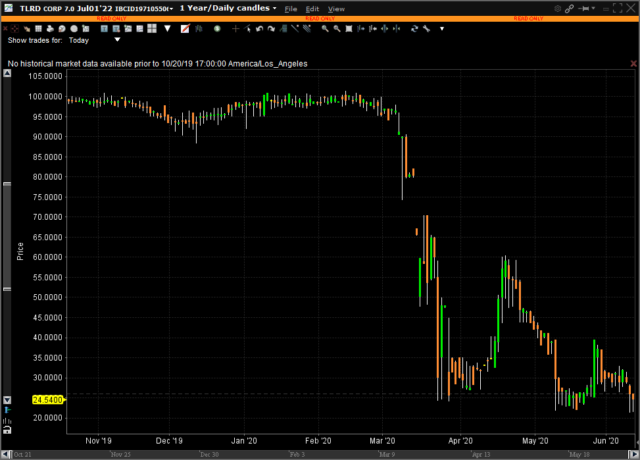Late Night Finance with Sacha, Episode 4
Date: Wednesday, June 17
Time: 6:00pm, Pacific Time *** NOTE NEW TIME
Duration: Projected 1 hour.
Where: Zoom (Registration)
Frequently Asked Questions:
Q: What are you doing?
A: I’ll be talking about TSX-traded debentures and discussing some of the specific ones that are trading. Questions during this presentation, both on and off topic, are accepted. The entire universe is linked here.
Q: Why are you doing this?
A: Continuing my experimentation in video broadcasting. Who knows, I might learn something from you as well.
Q: How do I register?
A: Zoom link is here. I’ll need your city/province or state, and if you have any comments (or a debenture that you are interested in) just add it to the “Questions and Comments” part of the form. You’ll instantly receive the login to the Zoom channel.
Q: Are you trying to spam me, try to sell me garbage, etc. if I register?
A: I can hardly manage a mailing list without breaking my own website, what makes you think I will spam you? No, if you register for this, I will not harvest your email or send you any solicitations. Also I am not using this to pump and dump any securities to you, although I will certainly offer opinions on what I see.
Q: Why do I have to register? I just want to be anonymous.
A: I’m curious who you are as well.
Q: If I register and don’t show up, will you be mad at me?
A: No.
Q: Will you (Sacha) be on video (i.e. this isn’t just an audio-only stream)?
A: Yes. You’ll get to see me.
Q: Will I need to be on video?
A: I’d prefer it, and you are more than welcome to be in your pajamas. No judgements!
Q: Can I be a silent participant?
A: Yes.
Q: Is there an archive of the video I can watch later if I can’t make it?
A: No.
Q: Will there be a summary of the video?
A: A short summary will get added to the comments of this posting after the video.
Q: Is there a limit to the people that can participate?
A: Zoom limits me to 100. I really hope the number isn’t higher than 10.
Q: Will there be some other video presentation in the future?
A: Yes.


